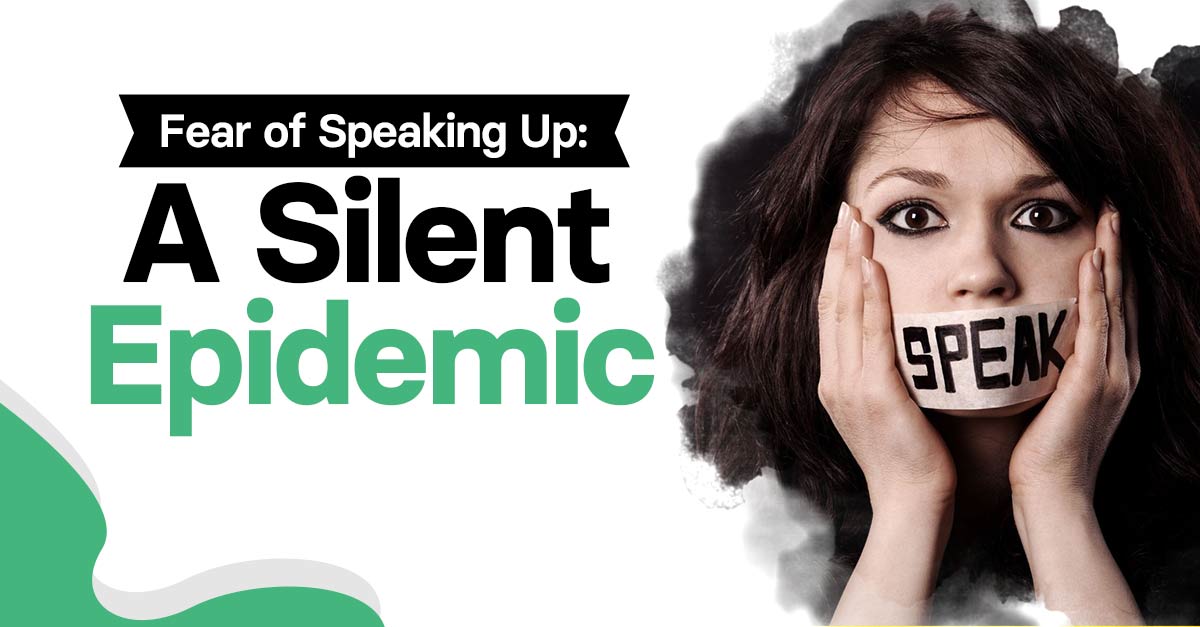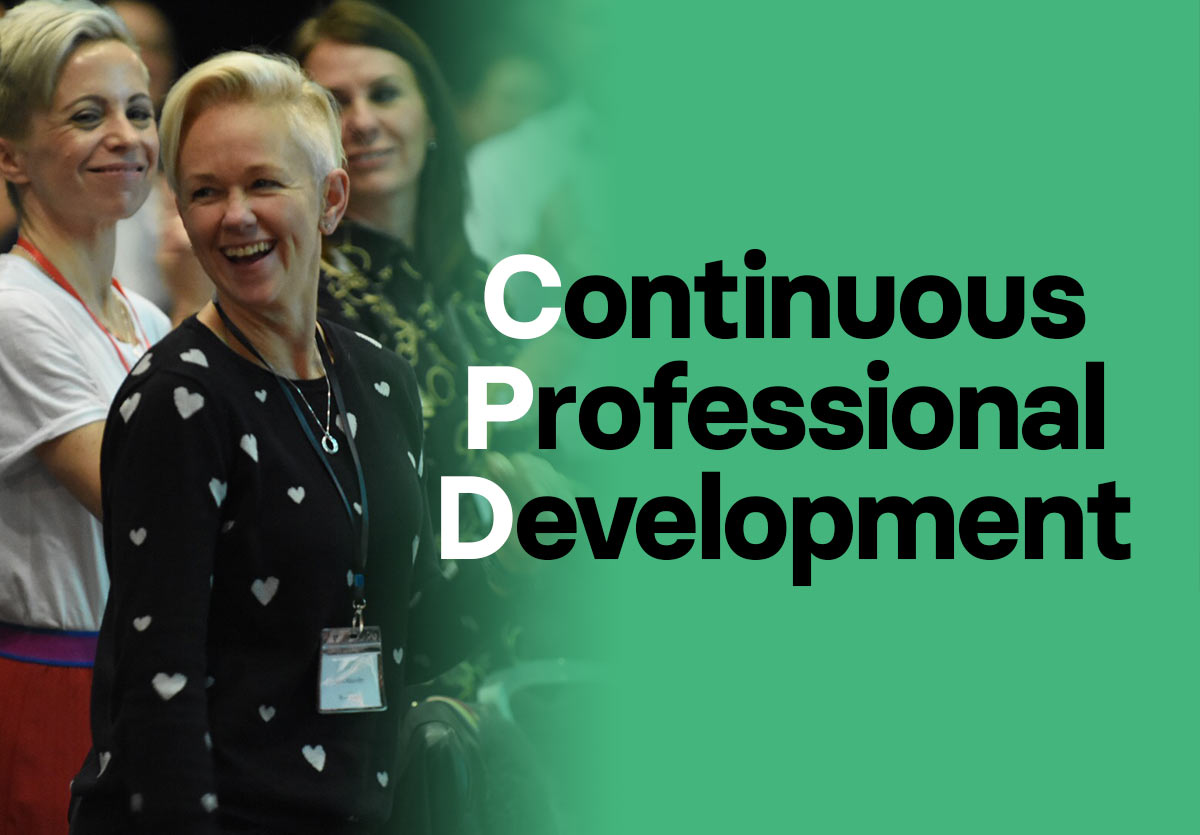For a hot air balloon to soar into the sky, reaching its full flight potential, it needs a qualified pilot; it must be lifted by helium, and it needs to be untethered from its ground pegs.
Coaches are like the pilot. They can get the balloon where it needs to go and deal with the challenges that they are faced with along the way.
The helium represents the client. How much oomph they must apply to fuel the journey might waver from week to week.
You can have the world’s best pilot, and the optimum levels fuel, but if the tethers stay in place, the balloon can’t soar.
You can have the world’s best coach, and the optimum levels of client motivation, but if they are tethered to unhelpful beliefs borne out of conditioning and events from the past, they won’t ever reach their full potential.
I’m Angela Cox, Founder of the Paseda360 way. I want to explain why I designed this unique method of coaching, and why I feel it’s crucial to move away from teaching executive coaching as a non-directive, future focussed method, and instead focus on teaching the whole coaching spectrum.
In 2018, after years of using coaching in my corporate career, I decided to set up as a full-time coach and work with leaders. I had one mission. To be the best coach I could be so I could help clients in the best way possible.
I spent £120,000 over five-years attending various training programmes, including studying Executive Coaching at Cambridge University, qualifying as an Association of Coaching Master Coach, becoming accredited as a clinical hypnotherapist, a Neuro Linguistic Programming Master Coach, and I trained in many therapeutic techniques including Havening Techniques, EFT, Matrix Reimprinting, Timeline Therapy, Psych K, and many others.
I left some of the training courses feeling underwhelmed by the standard of the training; some feeling frustrated at how dated the approaches were, and some feeling like there must be a better way. The insistence from the Association of Coaching that coaching must be non-directive, and the amount of time spent studying coaching methods from decades ago seems bonkers to me.
My previous career was spent in business transformation, and I developed an incredibly useful skillset around problem solving, dot joining and root cause analysis. When I started to bring together all the methods I had learned, I realised there was indeed a better way.
I worked with clients every working day for the first three years as a full-time coach. This means I have coached many different people, over thousands of hours. Overtime I figured out that the best outcomes for clients were delivered when I amalgamated elements from the therapeutic toolkit, from the coaching arena, from the mentoring kitbag, and from the problem-solving ways of working.
I also realised how little value a LOT of the £120k worth of training delivered for clients and that it was a specific blend of tools, delivered at certain points in the client journey that made the most difference.
That wasn’t enough for me though. I had a nagging desire to figure out how the brain worked from a neuroscience perspective, and why people behave as they do from a psychological one. I had to go to university and learn more. Cutting through the less useful information such as how do you preserve mice brains using wax (not something I need to work with clients) I discovered why people get stuck, and fail to reach their full potential and it’s all down to the way the limbic system stores information in the brain, and how this triggers emotional responses. As soon as I understood this from a brain chemistry perspective, and linked it to the psychology that underpins it, I knew exactly why traditional coaching doesn’t work as well as it could. And I knew why many therapies don’t help people long term either.
To help a client get unstuck, stop unhelpful coping habits, discover their true self, and move towards their potential, we MUST first work on the past.
The tethers that hold down the balloon are anchored in the past. To unlock the tethers and unleash the potential, we must work on the past.
EVERY client I have worked with has been held back by a belief created in the past, usually in childhood.
It’s not enough to simply say ‘don’t believe that anymore, believe this instead.’ That might work for a few months, but the tethers remain, and the client will revert to type after the first wave of motivation lapses.
To create new belief patterns, we must access the limbic system subconsciously and work on specific aspects of it, to create a resilient brain landscape.
If we are purely coaching, we can’t do this.
If we are using talking therapy, we can’t do this.
If we use certain psychotherapies, we can’t do this.
The Paseda360 Way will teach you exactly how to do this using methods that are proven to deliver transformational, and lasting results.
You’ll learn how to work with your WHOLE client on past, present, and future, using effective subconscious and conscious methods applied at different points on the client’s journey.
The Paseda360 Outcomes
When you learn the Paseda360 Way, you are learning a methodology which will allow you to guide clients towards six outcomes.
Positive Belief System
You’ll learn the Limitless Light Therapy technique, created by Angela Cox, which is the exact subconscious technique required to neutralise unhelpful beliefs and move the client towards a limitless future.
Abundance Mindset
This isn’t referring to money, it’s about creating optimism and self-belief. Using a specific directive coaching approach, we help clients to shift out of cognitive patterns that keep them small.
Stabilised Trauma Response
This is the work we do with the client’s limbic system. We will uncover the key traumatic events in the client’s past and use Havening Techniques to neutralise these. Note: A Paseda360 practitioner will not be qualified to work with chronic trauma which is creating mental health disorders. In my experience, most clients are held back by events in the past that we can effectively neutralise.
Empathic Perspective
The coaching hat comes into play here, as we help clients to recognise the other perspectives in relational exchanges, and more importantly, how not doing so, impacts the client, and leads to reinforcement of unhelpful belief patterns.
Deep Awareness
To enable the client to deepen their awareness, the Paseda360 practitioner must be able to move between directive and non-directive coaching, use mentoring and advising, develop effective hypotheses, offer a range of solutions when the client is blinkered, and challenge the client throughout. Here we use the Paseda360 worst-self model, critical observation, and playback to help the client see what they don’t or can’t see.
Authentic Self-Value
The Paseda360 Pretender model, the Paseda360 Self-Value Baseline and our Self-Trust Manifesto are used to enable the client to uncover the true version of them, build up genuine self-esteem, and know how to maintain esteem over time.
The Client Journey
Clients tend to follow a journey of becoming unstuck, which allows them to uncover who they are at their most authentic, build up their self-value and in doing so unleash their full potential.
Paseda360 practitioner training is designed to teach you how to help a client at the stuck and uncovering stage of the journey (Advanced Practitioner) and then as they move towards their potential (Master Practitioner)
You’ll adopt the different skills from the coaching spectrum at different points on the client journey. For example, at the stuck stage, non-directive coaching is ineffective as the client needs direction, subconscious interventions and for you to present potential pathways.
Once they grow in self-value, a non-directive style works well, combined with advice and mentoring.
Your work as a Paseda360 practitioner will genuinely transform your client’s lives and you will build positive, trusted relationships with them quickly due to the nature of the work. You’ll feel fulfilled by the difference that you will make.







